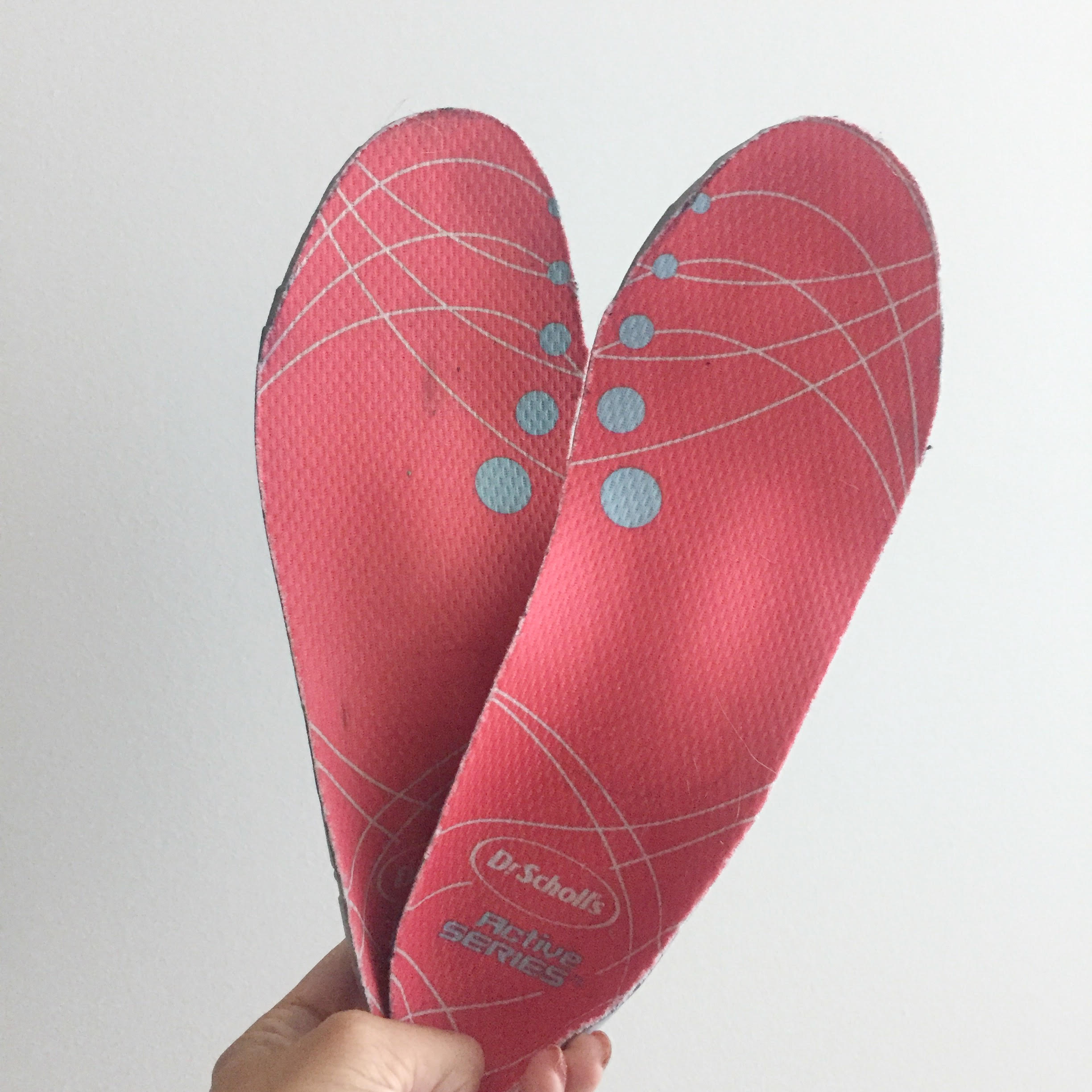Healthy Swellness: “Soleistic Health”
Considering how much I put my feet through every day, I don’t pay them enough attention.
I run a few times a week, logging about 30k a week if I’m not in training for a marathon, many more kilometres if I am. Walking is my preferred method of getting around to wherever I need to go, and I live downtown so much of where I need to go for work or just for errands or seeing friends is usually within a 45-minute walk. While I’m often in flats because of all the walking I tend to do, I occasionally wear heels to events, which more often than not are incredibly uncomfortable after about a half-hour of standing (although I have a few pairs that I can walk in relatively comfortably for hours).
All of this to say that my feet go through a lot, and could use a little attention. The idea of “Soleistic Health” is just as important as taking care of my skin (and I make sure to slather on SPF daily) or my heart (which I get pumping with all that running) and yet I have neglected them. What’s Soleistic Health? Well, I can’t claim to have created the term. The folks at Dr. Scholl’s came up with it and it’s the concept that proper foot care can impact a person’s overall comfort of body and mind.
I’ve spent more than a few parties in shoes causing me so much pain I’ve had to gingerly make my way home (years ago I even walked barefoot on the sidewalk because the stilettos were that excruciating). Or I’ve been on runs during which I’ve gotten blisters or had on shoes that are too minimalist for my liking (I prefer more cushioning for my runners) causing me to be distracted. That discomfort becomes all you can focus on. Who’s been in the same situation? Runners, I know we’ve all experienced this (we don’t suffer black toenails and unattractive feet for nothing!).
Consider, too, that three out of four people develop foot problems as they age. And that the feet are such a complex part of our bodies: each foot consists of 26 small bones, 33 joints and more than 100 tendons, ligaments, muscles and nerves. Feet need to be tended to!
While I can usually wear just about any running shoe (I have run in all types of shoes with few issues), I decided to give the Dr. Scholl’s Active Series Replacement Insoles a try. What they promise sounded promising so I was intrigued: they help reduce shock; provide protection to the ball of the foot, arch and heel; help relieve pain from shin splints, runner’s knee and plantar fasciitis; and help reduce odour thanks to DryMAX technology.

So I pulled out the insoles that came with my runners, trimmed the Dr. Scholl’s insoles to size, and tested them out for a month.
I was skeptical of how much I’d benefit from them, but the Dr. Scholl’s insoles do make for a more comfortable run. With the Dr. Scholl’s insole I could immediately feel they offer more support for my arch, and overall just a greater sense of cushioning between my feet and the shoe with each step.
I can’t quantify how much impact they helped reduce, and I’ve never experienced common running issues such as shin splints, but as a runner who’s logged more than 10,000 kilometres since becoming a runner, I can say that for running and walking, it made for a more comfortable run. And that’s key to helping me make it through each run; reduced impact and greater comfort helps me focus on the task at hand, say, for example, putting my best effort into speed work.
Oh, and that DryMAX tech is a bonus, too. I sometimes run with no socks in the summer, which can lead to some less than fresh smelling running shoes. The DryMAX has helped with the stinky shoe issue, so thumbs up from that, too!
It’s not a complicated task–swapping out the insoles–but wearing the Dr. Scholl’s insoles helps me step up my game when it comes to my “Soleistic Health”, which until now has consisted of just the occasional pedicure (although let’s not downplay the importance of pretty pedicured feet!).
(sponsored)
Leave a Comment October 27, 2016


